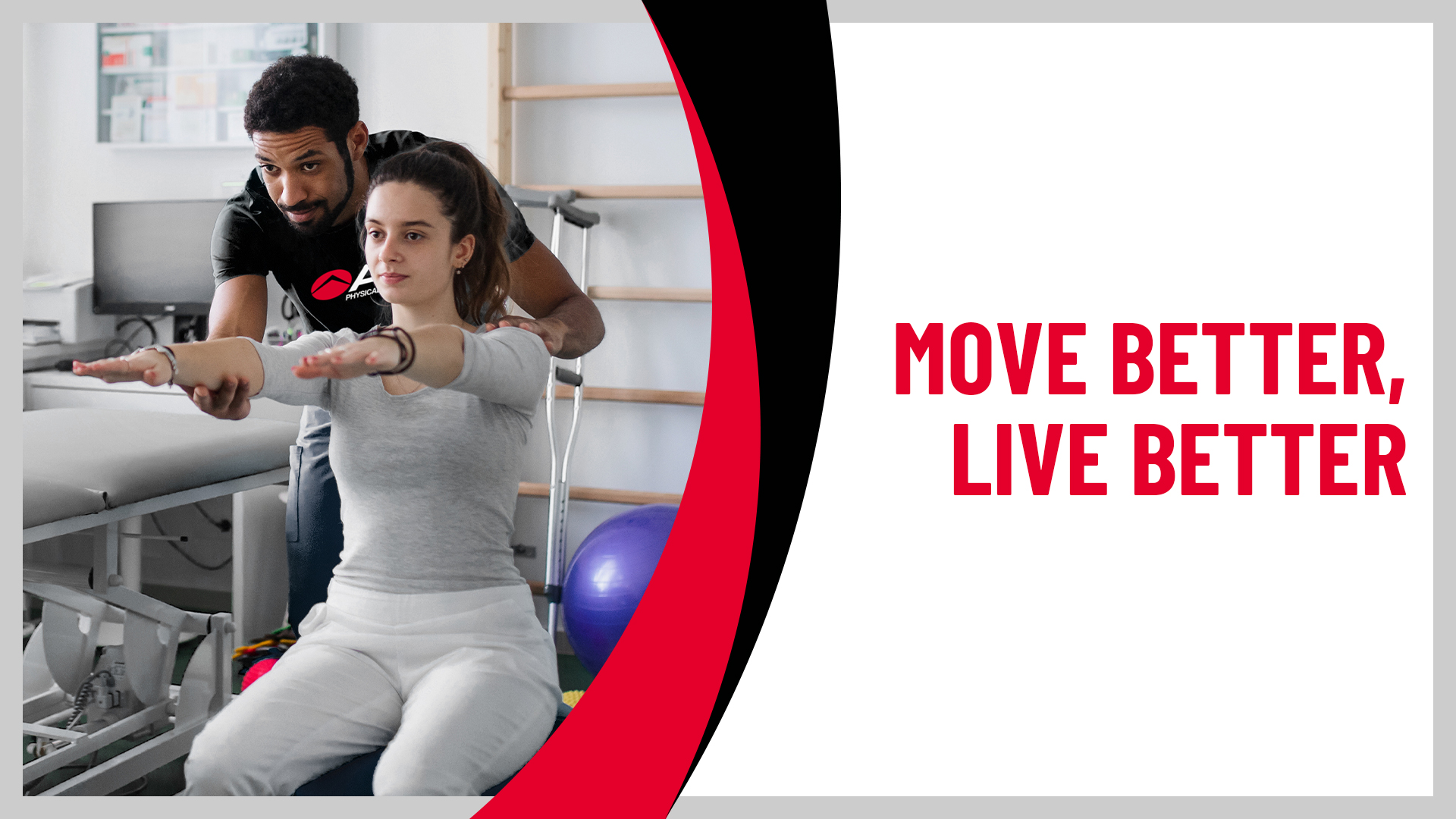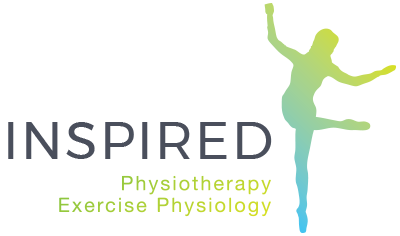Physical therapy is not only for post operation rehab or sports injuries. It supports everyday life, from walking the dog with less pain to lifting grandkids with more confidence. A licensed physical therapist helps you move better, manage pain without heavy reliance on medication, prevent falls, stay independent, and avoid unnecessary imaging or surgery. This guide explains the benefits of physical therapy beyond injury care, shows where the evidence is strong, and shares what to expect at your first visit so you can decide your next step with confidence.
Reviewed and contributions made by VP of Clinical Development Thomas Denninger
Why Physical Therapy Works
Great outcomes come from the right mix of movement, education, and incremental challenges. Your therapist evaluates how you move and then designs a plan that fits your goals, schedule, and space. Exercise improves strength, flexibility, and confidence. Education helps you pace activity, protect sensitive tissues, and make safe progress. Regular check-ins keep you on track and allow timely adjustments.
The evidence backs this approach. Early access to PT is linked with lower odds of long-term opioid use and fewer downstream tests for common musculoskeletal problems. You may also avoid imaging and unneeded physician visits or appointments. These benefits translate into better function and often lower total cost. Sources: APTA, Benefits of Physical Therapy, JAMA Network Open, UW Newsroom, PMC.
If you are having mobility issues, issues doing the things you love, stiffness, or pain, come to ATI Physical Therapy for an initial evaluation with a licensed physical therapist. We will build a personalized plan around your needs. In most cases, no doctor’s referral is needed to get started.
Benefits That Go Beyond Injury Recovery
1) Manage pain without heavy medication
Physical therapy blends exercise, education, pacing, and manual techniques to calm pain and improve function. Your therapist will explain what is driving symptoms, then build a plan that keeps you moving safely while tissues recover. Early PT for back, neck, knee, or shoulder pain is linked to lower odds of long-term opioid use and fewer unnecessary tests. Sources: JAMA Network Open, PMC.
2) Improve balance and treat dizziness
Targeted balance, strength, and gaze training lowers fall risk and builds confidence at home and in the community. Your therapist will assess how you walk, turn, and navigate stairs, and then tailor exercises you can practice safely. If dizziness or vertigo is present, vestibular rehabilitation helps the brain and inner ear work together again. People with unilateral vestibular hypofunction and age-related balance problems often see meaningful gains in stability. Sources: APTA, PubMed, ChoosePT.
3) Stay active with arthritis and other chronic conditions
For osteoarthritis and other long-term conditions, PT teaches joint-friendly movement, builds strength, and supports healthy activity. Expect tailored exercise, pacing, and joint protection tips that fit your routine. Exercise therapy and education are often more cost-effective than usual care and help you keep doing what you enjoy. Source: PMC.
4) Delay or avoid surgery, and recover better if you need it
Many people improve with a conservative plan built around exercise, education, and activity changes. If surgery is the best choice, prehab builds strength and motion making recovery smoother. Direct access to PT has been associated with better function and fewer visits for spine-related problems, supporting a cost-conscious approach. Your therapist coordinates with your medical team to ensure your program aligns with imaging and surgical guidance. Sources: PTJ, PubMed.
5) Build lifelong skills for confidence and independence
PT plans teach practical skills for daily life, from lifting and carrying to pushing, pulling, and navigating stairs. You will learn how to scale activity up or down, choose helpful self-care tools, and maintain momentum between visits. Education and graded activity support long-term independence. Sources: ChoosePT, APTA.
What an Evaluation Looks Like
Consider an evaluation if any of the following apply:
- You miss practice or limit play because of pain.
- You have swelling that does not improve over a few days.
- You feel unsteady, weak, or afraid to cut or sprint.
- You have a history of the same injury and want to prevent a setback.
- You are unsure how to progress your return to play.
A licensed physical therapist can assess movement, strength, and sport demands, then build a plan that matches your role and timeline. If you or a loved one has a new football injury, come to ATI Physical Therapy for an initial evaluation with a licensed physical therapist. We will build a personalized plan around your needs. In most cases, no doctor’s referral is needed to get started.
Who Benefits from Physical Therapy
- People with new back, neck, shoulder, hip, or knee pain.
- Adults with dizziness or imbalance who want to prevent falls.
- Anyone with arthritis looking to stay active with less pain.
- Desk workers with neck, shoulder, or wrist pain.
- People returning to activity after illness or a long break.
- Caregivers who need safer ways to lift, push, and carry.
- Athletes who want to move better and prevent overuse.
If you are having mobility issues, issues doing the things you love, stiffness, or pain, come to ATI Physical Therapy for an initial evaluation with a licensed physical therapist. We will build a personalized plan around your needs. In most cases, no doctor’s referral is needed to get started.
Frequently Asked Questions
Is physical therapy only for injuries.
No. PT helps improve and maintain your movement and function, manage chronic pain, improve balance, and treat dizziness.
Can physical therapy help me avoid pain medication.
Often, yes. Early PT for musculoskeletal pain is linked to lower odds of long-term opioid use. JAMA Network Open.
Is PT cost effective.
Yes, PT can help avoid unnecessary imaging, surgery, and medications.
How soon should I start.
If symptoms are new or worsening, sooner is better. Early PT is associated with less imaging and lower opioid exposure. PMC.
What if I am not very active right now.
Your plan starts at your level and builds gradually. Your therapist will help you find safe and realistic ways to move more.










